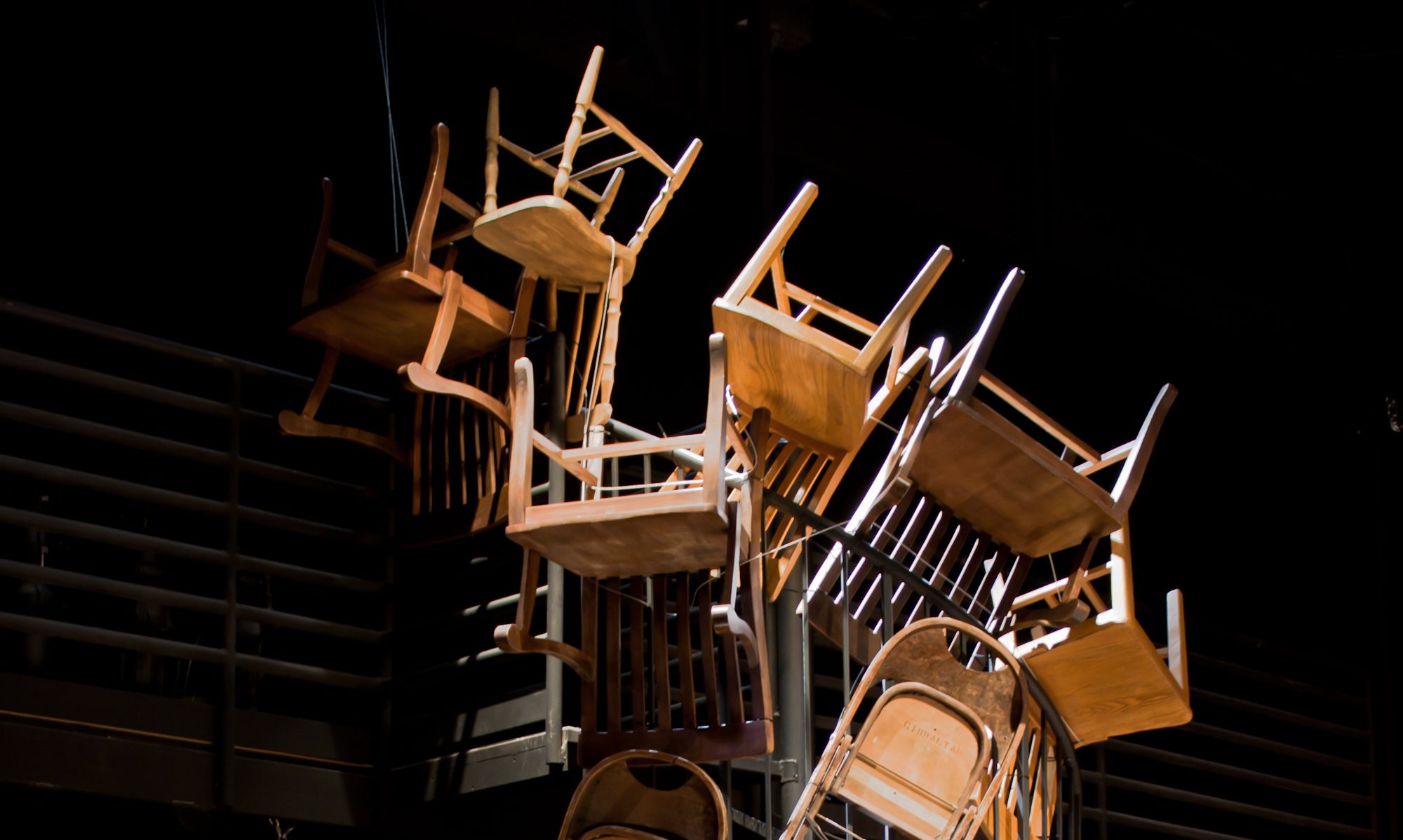
I just finished a book on the difficulties in educational reform. On the last page, the author quotes H.G. Wells writing to Joseph Conrad:
You don’t care for humanity, but think they are to be improved. I love humanity, but know they are not.
The quote was given not in the context of defeatism, but of hope. Understanding this is essential to everything, frankly, but certainly to art-making.
Artists are always talking about “humanity” or “the people” or “change for the greater good.” But when engaged in a conversation on the subject, it becomes clear that many of them love only their abstractions and despise actual people. It becomes clear that at the heart of the pedantic placement of symbols on their coexist stickers is the desire for those symbols to disappear. “The people” might be beyond reproach, but actual people, it seems, are in constant need of the artist’s wisdom, help, and correction.
But not for serious artists. Serious artists know they are not teachers, but learners. People––actual people with all their flaws and flares––call up a deep love in the serious artist. Unserious artists approach their audiences with trite socio-political prescriptions and “things to think about.” Serious artists approach their audiences with awe and wonder.
I have said before that great writers rarely write characters they don’t like, and never write characters they don’t love.
Look at Waiting for Godot. I have actually listened to someone tell me with a straight face that the play should be boring (actual word used) and sober, so that the audience will really think about what it’s saying. That is some serious Brechtian BS, and it would be a big surprise to Beckett, who packed the play full of hilarious jokes and antics, and whose one comment on the meaning of the play was that it’s about hope. And it is. In the midst of all the despair, these two clowns show up every single day. Beckett knew there is nothing more beautiful than that. Godot was written right after World War II. He needed those clowns to show him how hope persists.
It reminds me of a moment in War and Peace when Tolstoy writes of Pierre, who has been starved and beaten as a prisoner of war, and who has been marched toward his execution, that “he had learned still another new, consolatory truth: that nothing in this world is terrible.”
It sounds hyperbolic, but it’s a sentiment expressed in various ways by many who have survived the worst of humanity’s atrocities. I don’t know if it’s true––I’ve never been put to that kind of suffering––but I want to understand Pierre. And whether it’s true or not is beside the point. In War and Peace, Tolstoy is not trying to teach us that nothing in this world is terrible. Rather, he wants to learn how people come to that seemingly counter-intuitive conclusion. How do they arrive at that kind of hope in the midst of that kind of suffering? Tolstoy isn’t suggesting we should all be like Pierre. No. Tolstoy is in awe of Pierre.
Our love of humanity is meaningless unless we love the actual people that make up humanity––the actual individuals. Characters made up of the ideals of ideologues are empty and false. Characters made up of the love we have for our audiences become real to our audiences.
I’ll conclude with some Seamus Heaney, from his poem After Liberation.
…to have lived through and now be free to give
Utterance, body and soul–to wake and know
Every time that it’s gone and gone for good, the thing
That nearly broke you–
Is worth it all, the five years on the rack,
The fighting back, the being resigned, and not
One of the unborn will appreciate
Freedom like this ever.
…Omnipresent, imperturbable
Is the life that death springs from.
And complaint is wrong, the slightest complaint at all,
Now that the rye crop waves beside the ruins.

